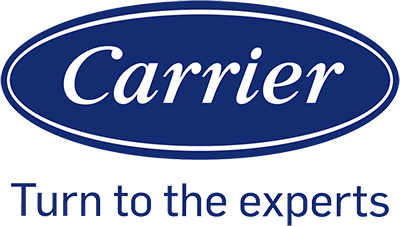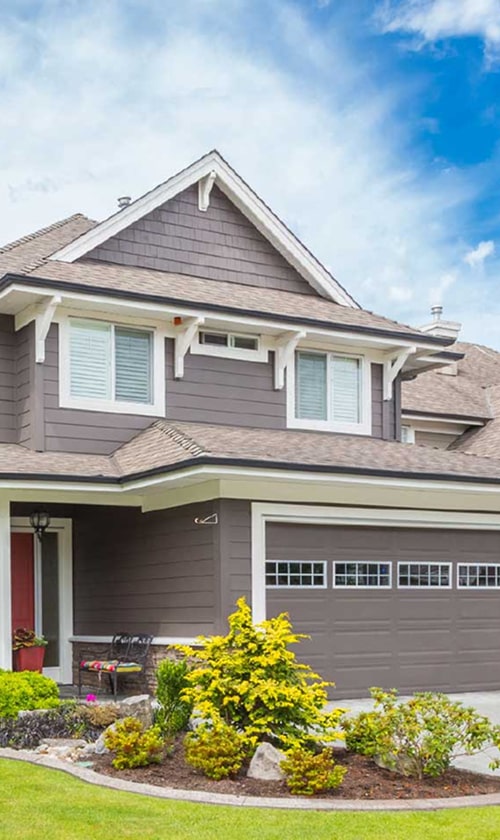An HVAC system is one of the biggest investments we make in our homes or buildings, and it directly affects both comfort and costs. When we extend the lifespan of our HVAC system, we reduce the need for expensive replacements and lower overall operating expenses. This makes maintenance and smart use of technology not just about comfort, but also about long-term savings.
We often think about energy efficiency, but the true savings come from keeping the system running well for more years. A longer lifespan means fewer breakdowns, less money spent on emergency repairs, and more value from the equipment we already own.
By focusing on the factors that influence system longevity and by using new technology to support performance, we can cut costs while keeping our spaces comfortable. This approach helps us get the most out of our HVAC investment without overspending.
How Extending HVAC System Lifespan Drives Cost Savings
When we keep our HVAC systems in good condition, we spend less on major repairs, avoid early replacements, and lower our energy consumption. These savings show up in reduced service bills, lower operating costs, and more predictable monthly energy bills.
Reduced Repair and Replacement Costs
Repair costs add up quickly when an HVAC system breaks down often. By extending the lifespan of our system through routine maintenance, we reduce the need for emergency service calls and costly part replacements.
A well-maintained system also delays the need for a full replacement. Replacing an HVAC system can cost thousands of dollars, depending on the size and type. Extending its lifespan by several years helps us spread that expense over a longer period.
We also avoid the hidden costs of frequent breakdowns, such as downtime and temporary heating or cooling solutions. Preventive care-like filter changes, coil cleaning, and regular inspections-keeps repair costs lower and replacement costs further down the line.
Lower Operating and Energy Expenses
An HVAC system that runs efficiently uses less energy to heat or cool our space. This reduces operating costs and helps us control energy consumption. Systems that are clean and properly tuned do not need to work as hard, which means less strain on parts and lower utility bills.
Poorly maintained systems often cycle longer or run inefficiently, driving up energy use. For example, clogged filters restrict airflow, forcing the system to consume more power. Small issues like this directly increase monthly operating costs.
By extending system lifespan, we also extend the period of efficient performance. This means we get more years of stable energy savings without experiencing the rising costs that come with an aging, inefficient unit.
Long-Term Impact on Monthly Energy Bills
Energy bills reflect how efficiently our HVAC system operates over time. A system that lasts longer while maintaining efficiency keeps monthly energy bills more predictable and manageable.
Instead of facing sudden spikes from overworked equipment, we benefit from steady energy use. Consistent maintenance ensures the system runs at optimal levels, which helps keep monthly costs lower.
Even small efficiency gains add up. For example:
- 5% efficiency improvement – noticeable annual energy savings
- 10% efficiency improvement – significant reduction in monthly energy bills
Over the extended lifespan of an HVAC system, these savings compound, making energy bills more stable and affordable.
Key Factors That Influence HVAC System Longevity

The lifespan of an HVAC system depends on how well we maintain it, the quality of its installation, and whether we invest in efficient equipment. Each of these factors directly impacts performance, repair needs, and long-term costs.
Professional Maintenance and Upkeep
Regular professional maintenance extends the life of HVAC systems by preventing small issues from becoming costly failures. When we schedule routine inspections, technicians clean coils, change filters, and check refrigerant levels. These steps keep the system running smoothly and reduce unnecessary strain on components.
Neglecting upkeep often leads to clogged filters, dirty coils, and worn parts. These problems force the system to work harder, which shortens its lifespan and increases energy costs. A well-maintained unit also delivers more consistent comfort, reducing temperature swings and humidity issues in our homes.
We can use a simple checklist to stay on track:
- Change filters every 1-3 months
- Schedule professional tune-ups at least once a year
- Keep outdoor units clear of debris and vegetation
By following these steps, we not only improve efficiency but also reduce the risk of major breakdowns.
Quality of Installation and Upfront Costs
The quality of installation strongly affects how long an HVAC system lasts. Improper sizing, poor ductwork design, and shortcuts during setup can reduce efficiency and cause early wear. Even a high-end system will fail early if installed incorrectly.
Upfront costs often reflect installation quality. While a lower bid may seem appealing, it can mean rushed work or less attention to detail. Investing in skilled contractors ensures the system is set up correctly, which protects our long-term investment.
We should also consider the balance between installation costs and expected savings. Spending more on proper installation reduces the chance of repeated repairs and replacements. This approach helps us avoid higher expenses over the system’s lifetime.
Role of High-Efficiency HVAC Systems
High-efficiency HVAC systems often last longer because they use advanced technology to reduce stress on components. Variable-speed motors, smart thermostats, and improved refrigerants help the system operate more smoothly. This lowers wear and prevents frequent cycling, which is a common cause of early failure.
Although these systems come with higher upfront costs, they deliver savings through reduced energy use and fewer breakdowns. Over time, the lower operating strain can extend the lifespan compared to standard models.
We should also weigh the benefits of warranties and service agreements that often come with high-efficiency systems. These protections add value and help ensure the system receives proper care throughout its life.
Technological Advancements and Their Cost Benefits
Modern HVAC technology helps us reduce operating costs, extend system life, and lower energy use. By adding smarter controls and more efficient components, we can cut monthly bills and take advantage of financial incentives that ease the cost of upgrades.
Variable-Speed Motors and Smart Thermostats
Variable-speed motors adjust airflow based on demand instead of running at one constant speed. This reduces wear on parts and lowers electricity use. Over time, this helps us avoid frequent repairs and replacement costs.
Smart thermostats give us more control over temperature settings. We can program schedules, track energy use, and make remote adjustments. These features prevent wasted energy when no one is home.
Together, these technologies improve comfort while lowering operating costs. For example:
- Variable-speed motors: reduce short cycling, extend motor life, and cut energy use.
- Smart thermostats: optimize run times, track energy savings, and lower peak energy demand.
Energy Efficiency Improvements
Energy-efficient HVAC systems use less electricity to produce the same heating or cooling. Higher Seasonal Energy Efficiency Ratio (SEER) and Heating Seasonal Performance Factor (HSPF) ratings show us how much energy the system saves compared to older units.
As energy prices continue to rise, these savings become more valuable. By upgrading to efficient systems, we reduce our monthly utility bills and extend the lifespan of equipment by reducing strain on components.
Key benefits include:
- Lower energy bills due to reduced electricity use.
- Less wear and tear from shorter, more efficient cycles.
- Improved comfort with steady temperatures and better humidity control.
Available Rebates and Tax Credits
Many utility companies and government programs offer rebates and tax credits for installing energy-efficient HVAC systems. These incentives lower the upfront cost and improve the return on investment.
For example, federal tax credits may cover a percentage of the cost of qualifying systems. Local utilities often provide rebates for high-efficiency units, smart thermostats, or variable-speed equipment.
We can combine these savings with long-term energy reductions to make upgrades more affordable. By planning around available programs, we reduce both initial expenses and ongoing operating costs.




